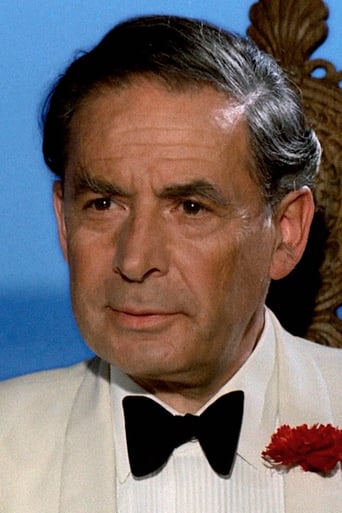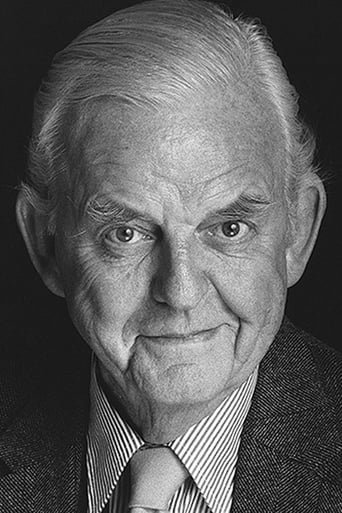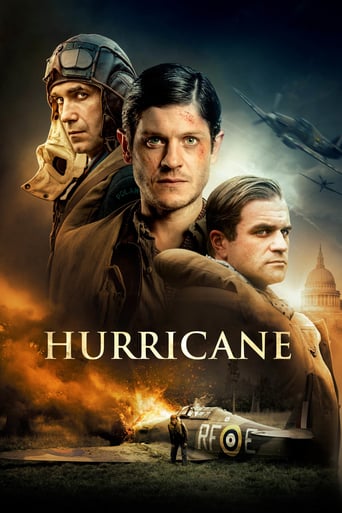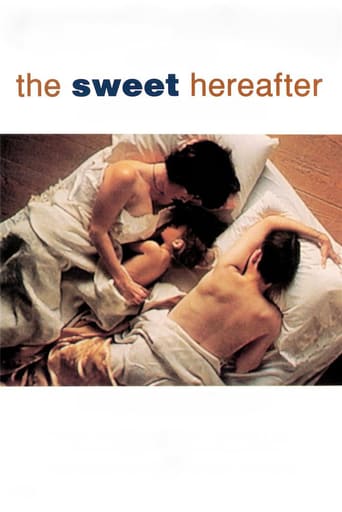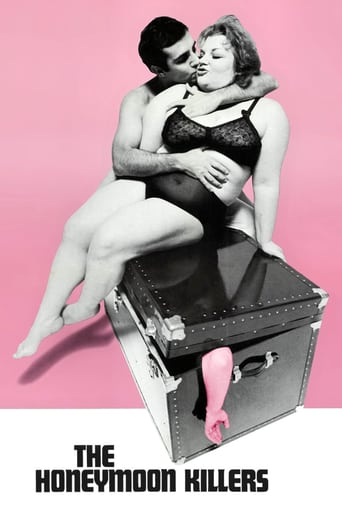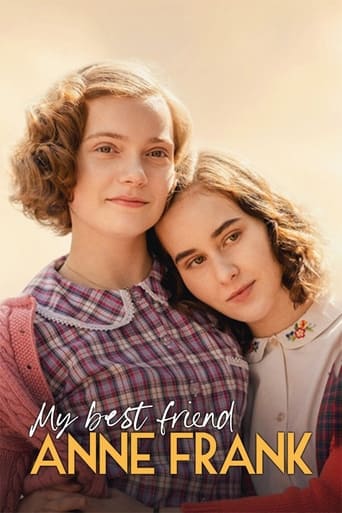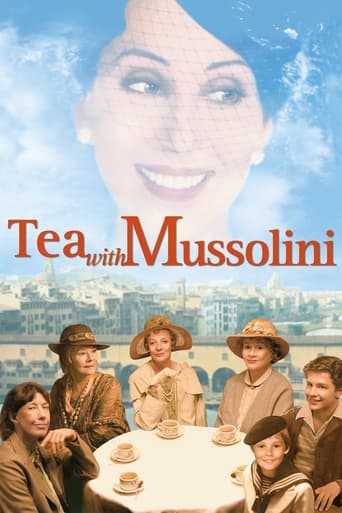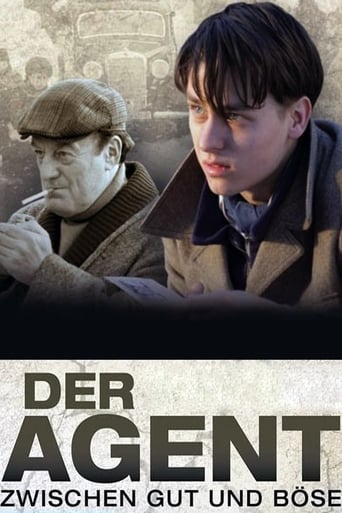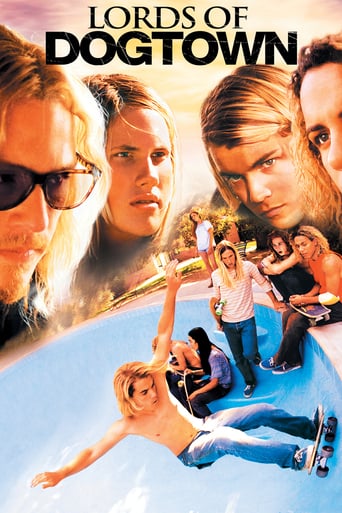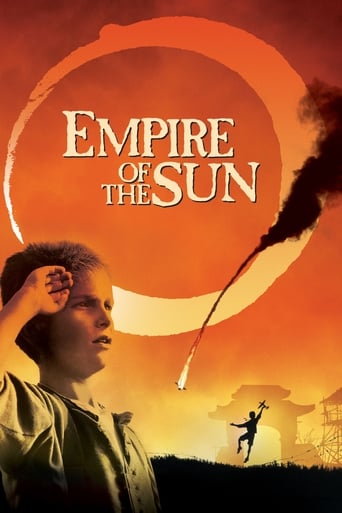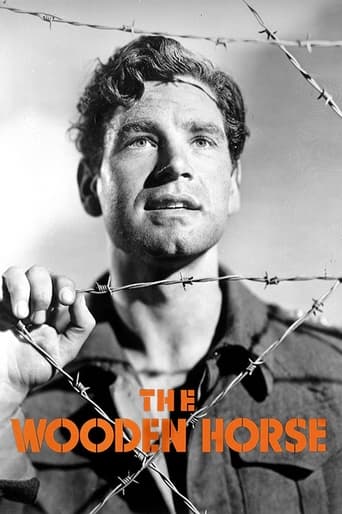
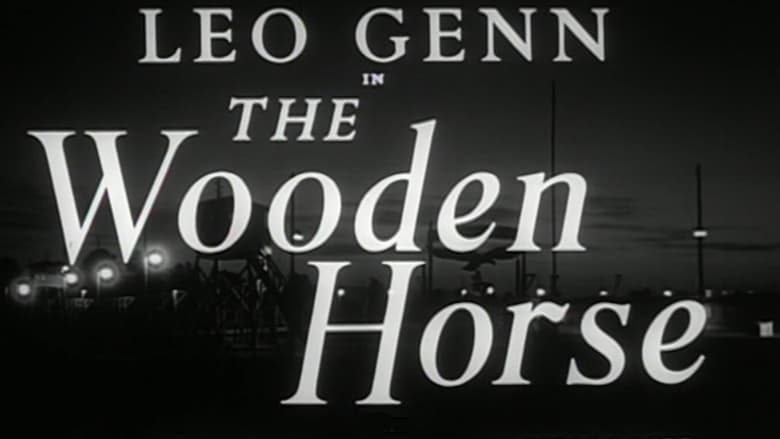
The Wooden Horse (1950)
True story of three British POWs and their attempt to escape from Nazi Germany
Watch Trailer
Cast


Similar titles
Reviews
It begins in a leisurely way, with British POWs in a camp, chatting and grumbling and being a little impudent with the German guards. On the whole it fits into the often splendid genre of post-war British films.The POWs are more bored than abused. The sleeping quarters each house about four men. They sleep on comfortable bunks and wear pajamas. There's even a piano somewhere playing Mozart. In the hospital there are Beethoven records. But, driven by a desire to spend money, find a girl, and get a good meal, they begin to build a tunnel out of the camp.The hut nearest the wire is too far away to use as a base, so the men construct a wooden horse to use on the fields outside; that is, a vaulting platform with a padded top, the sort of thing many of us had to cope with in high school gym class. Each day, when the men are not busy peeling potatoes, one of them will be hidden inside the hollow box-like structure and work on the tunnel, disguising the entrance with dirt-covered sandbags. During the practice runs, most of the POWs leap the horse easily but one continues to lose his nerve at the last minute and smash belly first into the structure. He's demoted to cheerleader.The German guards are not the raving maniacs of the war years. Most are reasonable and, as in real life, a bit old for combat and worn out. This doesn't stop one of the Unteroffiziers from examining the vaulting horse in private and, after looking around to make sure no one is watching, he leaps across the top lengthwise, outdoing all the Brits, and grins with silent pride.The work proceeds and there are moments of tension, as there must be in any movie about men crawling fifty feet through a tiny tunnel of dirt. No power on earth could get me to do it.As it turns out, two men, Leo Genn and Anthony Steele, escape to the forest, thence to Lübeck, an ancient and distinctive northern city that gave us Günther Grass and Thomas Mann. Some location shooting was obviously done around the city's landmarks. The pace picks up. Narrow escapes up alleys and over fences. Evil forces are closing in on them but they finally make their way to a Danish freighter where they are welcomed aboard. Danish freighters can be fun. I accompanied two linguists aboard a freighter this size in Nova Scotia. The object was to see how the pronunciation of a sentence in French would be altered by a Danish accent. "Selon notre dernier rapport la besoin est très bon." I don't know about the business but the festivities were gay and we staggered off loaded on Akvavit. (I just threw that in for lagniappe.) Copenhagen, of course, was occupied by the Germans in World War II and conditions remained dicey for the pair. The first violent scene takes place in the boatyard of a nearby fishing village when Genn kills a German guard, an act that leaves him chagrined.The escape are close but Genn and Steele finally make it to Sweden, which, unlike neighboring Norway, remained neutral for reasons having to do with the transport of raw materials. Safe at last in the arms of the British embassy.The opening scenes, the tunnels and so forth, have now become familiar fare in these escape movies, but the twists and turns of their escape through Germany and Denmark are engaging enough. I admire the photography too, and the treatment of the enemy, who are rendered as human instead of as cartoon figures.
I saw a documentary about this true story and was very impressed, so I looked forward to the film and wasn't disappointed.The Wooden Horse is about officers attempting to escape a prison camp. This is actually a pretty decent camp - beds, exercise yard, and cooking facilities. The men have one tunnel started in their barracks, but they realize it's going to take too long to dig until they get under the wire fence. So they come up with another plan. They make a wooden exercise horse which they bring outside, closer to the fence. Someone hides inside who then digs a tunnel while the men leap over the horse and do various exercises. At the end of the exercise day, the person inside uses boards to cover the hole and then puts dirt over it as a camouflage.That's the first part of the film. The second part has to do with escaping to Sweden. It's all very suspenseful and engrossing and sports good performances from Leo Genn, Anthony Steel, and David Tomlinson.Really a great story, all the more amazing because it's true. A good watch.
The Wooden Horse is a real life World War Two escape story. Stalag-Luft III is supposed to be escape proof but this is proved wrong by three incredible escapers. The film is divided into two parts. Firstly, the escape from the camp and then the series of adventures while travelling through Germany and occupied Danmark. The method of escape is ingenious; a tunnel built under a vaulting horse that ends under the camp perimeter wire. The escapers of course are all officers (after all this is a Brtish film) and the camp itself has an air of an English public (private) school. The Germans are baited as if they were form masters or prefects. The film follows Eric William's book The Wooden Horse quite closely. There is an omission though. In the book the two escapers played brilliantly by Leo Genn and Anthony Steele meet up with members of the Danish resistance at a secluded farmhouse. One Jewish member of the resistance tells the escapers about the deportation of Jews and how members of the resistance helped Jews get to Sweden. Another member of the resistance tells of The Schalberg Corps an organization of Danish Nazis who the resistance battle with. However, The Wooden Horse is a very good film and well worth seeing.
In 1943, a group of RAF Officers, including Eric Wiiliams, decide to escape from a POW camp using a Gymnastic Vaulting Horse in the courtyard. In 1950, it was decided to film his account, and it kick-started a peculiar British Film Genre- the Military Prison Camp story that reached its apogee in Danger Within (1959).The Wooden Horse is one of the quietest films I have ever watched. There are no great dramatic moments, but a steady storyline eventually builds to a climax that has more tension because the story doesn't give way for unlikely drama, jump cuts or jacked up (somethings about to happen!) music. It is utterly of its time and works beautifully.Leo Glenn, Anthony Steel and David Tomlinson lead a curiously low key cast of extras and (I suspect) non-actors. Without exception, all are constantly mono-tonal and quiet. They keep emotion out of their roles. As so many were, until recently, ex-service, I suspect they recreated their war time roles as 'Officers and Gentlemen'.This unemotional approach does not detract from any dramatic tension. On the contrary, unlike most Wartime Escape Films, the story doesn't end at the barbed wire: and that fact alone keeps me glued to the end.


